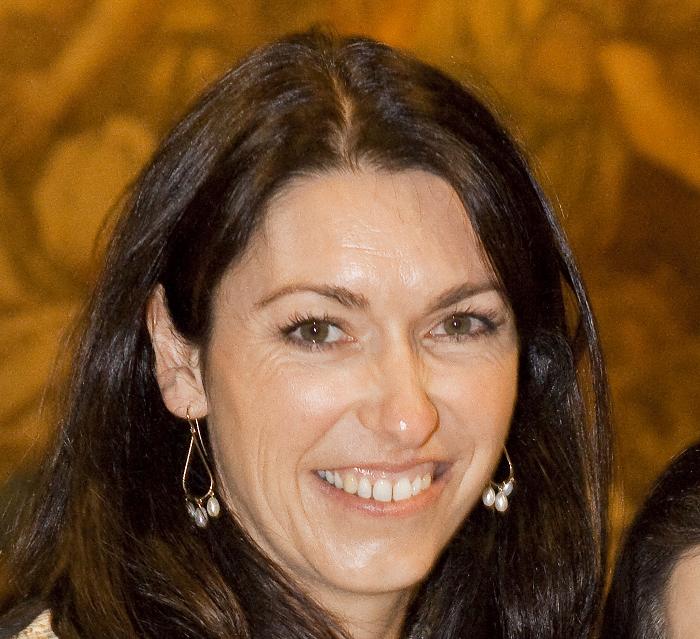
PROJECT SUMMARY:
With an incidence of 50,000 strokes in Australia each year, and a mortality rate of approximately one third, stroke is the second most common cause of death and disability world-wide. Although many patients experience some recovery without therapeutic intervention, significant functional loss often ensues due to a failure of nerve cells to re-grow across the injury site. Nevertheless, a slow but consistent recovery can be observed in a cross section of patients during rehabilitation, and damage to the brain has now been shown to trigger brain remodelling and the generation of new stem cells.
Despite this response to injury, very few stem cells convert into nerves for replacing damaged circuitry, most likely due to critical events such as inflammation and toxic signalling. Indeed studies in our laboratory now show that many stem cells generated in response to injury contribute to extensive glial scar formation that acts as a physical barrier to re-modelling and brain regeneration (figure 1). A more supportive environment devoid of scar tissue is required to facilitate brain repair
Our research currently focuses on the use of two new treatment strategies to manipulate the brain environment after stroke to support brain remodelling. The first involves delayed treatment with an enzyme inhibitor that has the potential to reduce scar formation in the weeks after stroke, and at the same time promote nerve regeneration. The second approach involves the use of non-invasive electrical brain stimulation to promote the growth of new blood vessels across the damaged tissue as well as stimulate nerve re-organisation.
By breaking down the scar and stimulating the damaged brain to rewire, we hope that this approach will improve and accelerate functional recovery. Importantly these treatment strategies are already approved for individual clinical use in other models of neurological disease. Any positive results obtained from these studies might therefore be fast-tracked for use in human stroke.


 The Brain Foundation is the largest, independent funder of brain and spinal injury research in Australia. We believe research is the pathway to recovery.
The Brain Foundation is the largest, independent funder of brain and spinal injury research in Australia. We believe research is the pathway to recovery.